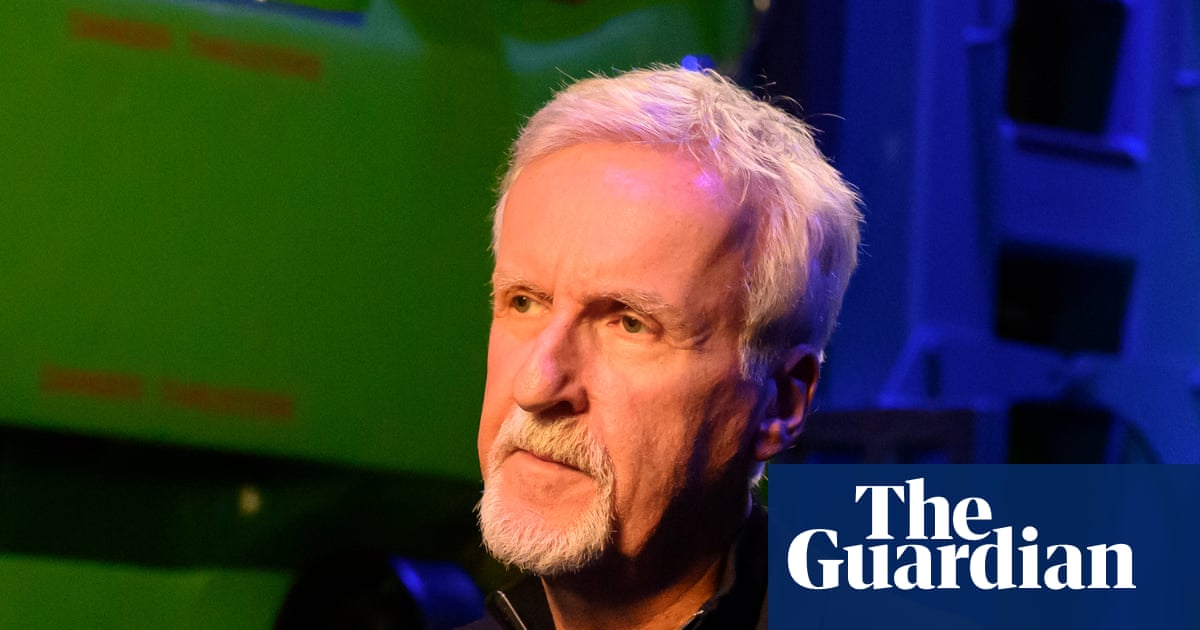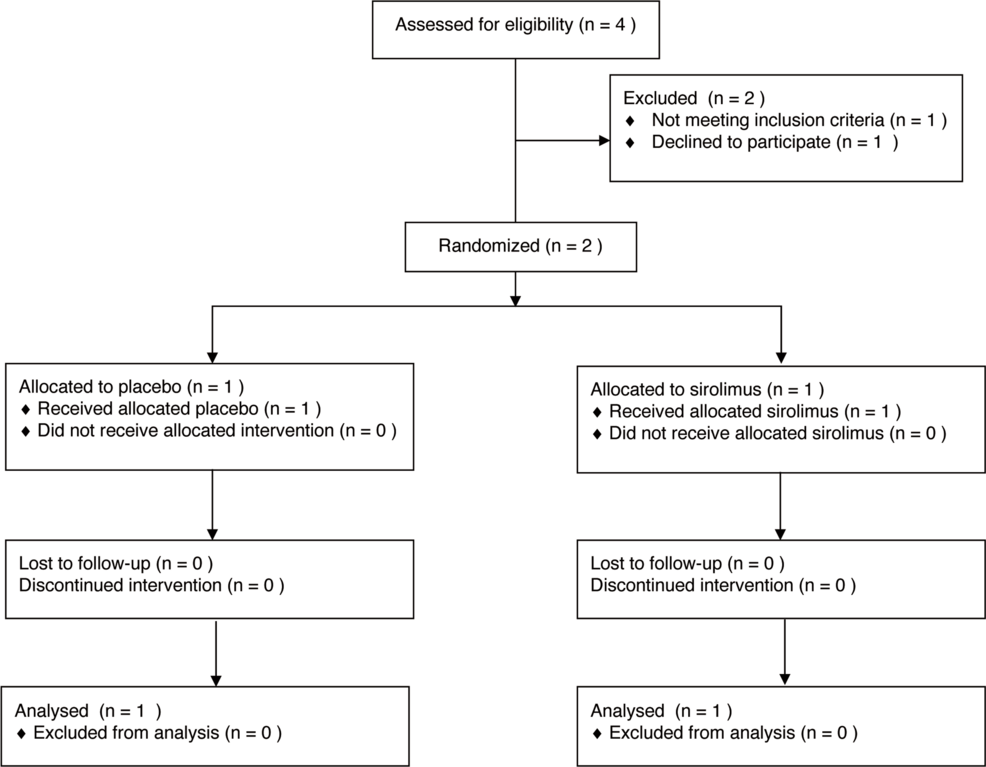Blog
-

James Cameron says AI actors are ‘horrifying to me’ | James Cameron
Avatar director James Cameron has called AI actors “horrifying” and said what generative AI technology creates is “an average”.
Cameron was speaking to CBS on Sunday Morning in the run-up to the release of the third Avatar film, subtitled…
Continue Reading
-
Fungi, Fertilizer, and Feces Could Help Astronauts Grow Plants on the Moon – eos.org
- Fungi, Fertilizer, and Feces Could Help Astronauts Grow Plants on the Moon eos.org
- Why NASA Needs Space Gardeners Universe Today
- Australian scientists have developed a method to grow vegetables and herbs in space, vital for supporting NASA’s…
Continue Reading
-
How to watch the last supermoon of the year – Phys.org
- How to watch the last supermoon of the year Phys.org
- December 2025: What’s in the Southern Hemisphere sky this month? Astronomy Magazine
- Last supermoon of 2025 on way. When to look up in Michigan Detroit Free Press
- December Podcast: Find the…
Continue Reading
-
Govt defends governor’s rule as constitutional option; PTI leaders warn of political fallout – Dawn
- Govt defends governor’s rule as constitutional option; PTI leaders warn of political fallout Dawn
- Imposition of governor’s rule in KP being ‘seriously considered’: state minister Dawn
- K-P CM dares Centre to ‘try governor’s rule’ The…
Continue Reading
-

Netflix Adds New Fireplace Yule Logs From KPop Demon Hunters, Stranger Things: EXCLUSIVE
Netflix is making the holiday season a bit cozier with a trio of fireplace yule logs from three of its most popular titles.
On Dec. 1, the streaming service launched three hour-long yule log fireplace specials that viewers can turn on in the…
Continue Reading
-
Riyadh quietly mediates talks between Pakistan, Afghanistan: sources – Dawn
- Riyadh quietly mediates talks between Pakistan, Afghanistan: sources Dawn
- Taliban Delegation Visits Saudi Arabia for Talks with Pakistani Officials خبرگزاری اطلس
- Fresh talks between Pak, Afghan fail without breakthrough: Media…
Continue Reading
-

IOF launches new “Gold” World Ranking Event status to elevate elite orienteering
The International Orienteering Federation (IOF) has unveiled a new premium label for World Ranking Events, introducing the Gold World Ranking Event (Gold WRE) status from 2026 and onwards as a major step toward…
Continue Reading
-
Naas Named Senior Vice President and Brussels Office Director
The German Marshall Fund of the United States (GMF) is pleased to announce that Penelope (Penny) Naas will serve as its senior vice president for innovation and competitiveness and Brussels office director starting January 1, 2026.
In this role, Naas will oversee GMF’s operations in Brussels and lead the organization’s policy work on technology, innovation, and competitiveness. She will work closely with Lindsay Gorman, Managing Director of GMF’s Technology Program, to advance transatlantic cooperation on emerging technologies, strengthen industrial and supply chain resilience, and shape innovation-friendly regulatory and investment environments across the Atlantic. Naas will also deepen GMF’s engagement with EU institutions and NATO, expand GMF’s convening power, and reinforce partnerships with policymakers and business leaders in Brussels.
“Penny’s appointment marks an exciting new chapter for GMF. Her deep expertise in transatlantic affairs, proven leadership in global environments, and ability to build strong networks will be invaluable as GMF strengthens its presence in Brussels and advances its mission to foster competitiveness across the Atlantic,” said GMF President Dr. Alexandra de Hoop Scheffer.
With a distinguished career spanning government, Fortune 50 companies, and board roles, Naas brings exceptional leadership and strategic vision to GMF’s transatlantic mission. Her appointment underscores GMF’s commitment to strengthening the organization’s policy work on trade and competitiveness in the United States and Europe. Naas has unique expertise in the nexus of geopolitics, trade, and technology, and will help build an agile, high-performing program that fosters international collaboration and policy impact.
Before joining GMF, Naas spearheaded strategic initiatives in senior leadership roles at UPS and Citigroup in Washington, DC and Brussels, and at the US Department of Commerce during two presidential administrations. She serves on multiple boards, previously co-chaired the World Economic Forum’s Global Future Council on Trade and Investment, and has championed networks for the next generation of global leaders.
Naas will relocate to Brussels in summer 2026.
Continue Reading
-

Stopping GLP-1 drugs before pregnancy leads to more weight gain
New research shows that women who halt GLP-1 medications near conception face greater gestational weight gain and elevated risks for preterm birth and pregnancy-related complications, raising urgent questions about how best to…
Continue Reading
